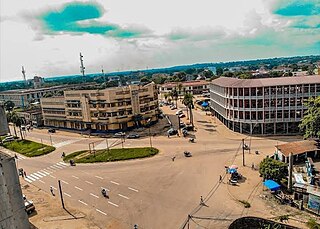
Kisangani is the capital of Tshopo Province, located on the Congo River in the eastern part of the central Congo Basin in the Democratic Republic of the Congo. It is the country's fifth-most populous urban area, with an estimated population of 1,602,144 as of 2016, and the largest of the cities in the tropical woodlands of the Congo.

Agriculture in the Democratic Republic of the Congo is an industry in the country of the Democratic Republic of the Congo that has plenty of potential.
The Compagnie du Kasai was a Belgian company established to exploit the resources of the Kasai River basin in the Congo Free State. At first it was mainly involved in harvesting wild rubber, but later moved into palm oil and mining.

Haut-Uele District was a district of the Belgian Congo and the Democratic Republic of the Congo. It was formed from part of Uele District in 1912. It roughly corresponded in area to the present Haut-Uélé province.
The following is a timeline of the history of the city of Kisangani, Democratic Republic of the Congo.
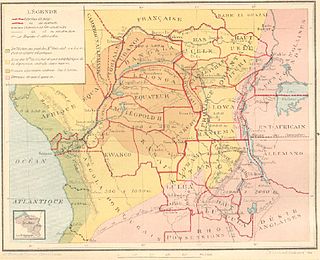
Congo-Kasaï was one of the four large provinces of the Belgian Congo defined in 1914. It was formally established in 1919, and in 1933 was divided into the new provinces of Léopoldville and Lusambo.
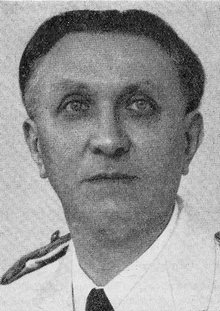
Ernest-Camille Bock was a Belgian lawyer and colonial administrator. He was governor of Orientale Province in the Belgian Congo from 1945 to 1952.
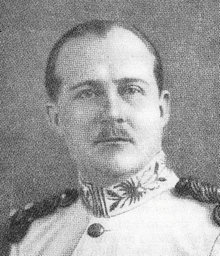
Alfred Alphonse Moeller de Laddersous was a Belgian lawyer, colonial administrator and businessman. He served as governor of the Orientale Province in the Belgian Congo from 1926 to 1933.
Rodolphe Dufour was a Belgian colonial administrator. From 1933 to 1940 he was commissioner (governor) of the Orientale Province.

Georges Brunon Joseph Marie Moulaert was a Belgian colonial administrator. He was deputy governor general of Équateur Province in the Belgian Congo from 1917 to 1919. Later he became a businessman, head of several large enterprises in the Congo, and director of others. He drew criticism for his forced recruitment of Congolese workers in the Kilo-Moto gold mines.
Alfred Frédéric Gérard Marzorati was a Belgian lawyer and colonial administrator. He served at the bar in Brussels, then became a magistrate in the Belgian Congo. During World War I he was a legal advisor to the Belgian forces occupying German East Africa. He was appointed royal commissioner in charge of the Belgian mandate of Ruanda-Urundi in 1919, and strongly supported the 1926 administrative union between these territories and the Belgian Congo.
The Union Nationale des Transports Fluviaux (Unatra) was a government-controlled company that provided river transport services in the Belgian Congo between 1925 and 1936.
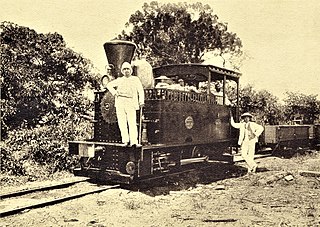
The Compagnie du chemin de fer du Congo supérieur aux Grands Lacs africains was a Belgian railway company established in 1902 in the Congo Free State, later the Belgian Congo, now the Democratic Republic of the Congo. It provided service in the eastern part of the colony south of Stanleyville (Kisangani) to serve the settlers and mining operations in Katanga. It operated a combination of river steamer service along the Lualaba River and railway links where the river was not navigable, including a link to Lake Tanganyika. In 1960 it became the Société congolaise des chemins de fer des Grands Lacs.

The Compagnie du Congo pour le Commerce et l’Industrie (CCCI) was a major conglomerate active in the Congo Free State, Belgian Congo and later the Democratic Republic of the Congo where its subsidiary companies engaged in a wide range of activities in the Congo between 1887 and 1971. These included railway and river transport, mining, agriculture, banking, trading and so on. It was the largest commercial enterprise in the Congo for many years. It went through various mergers in the years that followed before its successor Finoutremer was liquidated in 2000.

The Société anonyme belge pour le commerce du Haut-Congo (SAB) was a private enterprise in the Congo Free State, later the Belgian Congo, that operated a string of trading stations in the Congo River basin, and exported ivory, rubber and other local products. The ruthless treatment of the local people by SAB agents inspired Joseph Conrad to write his 1899 novel Heart of Darkness.
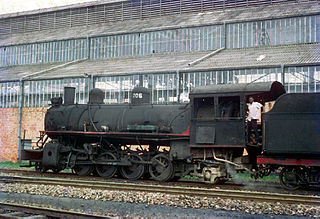
The Compagnie du chemin de fer du bas-Congo au Katanga (BCK) was a railway operator in the Congo Free State, Belgian Congo and later in the Democratic Republic of the Congo and Zaire. Most of the lines were in the southern Katanga Province, with links to the Kasai River for transport of mineral exports down to Kinshasa and onward to the port of Matadi, and a link to the Angolan railway network for transport to Lobito on the Atlantic.
Cominière was a Belgian holding company active in the Belgian Congo. It was involved in plantations, forestry, mining, railways and other activities. The Congo assets were nationalized when the Democratic Republic of the Congo became independent in 1960. What remained of Cominière was acquired by Lonhro in 1971.
The Compagnie Minière des Grands-Lacs (MGL) was a Belgian mining company active in the Belgian Congo and then in the Democratic Republic of the Congo. It was established in 1923 and in 1976 merged with other companies into the Société Minière et Industrielle du Kivu (SOMINKI). The company was active in the eastern regions of Maniema and Kivu, with its main center at Kamituga in today's South Kivu. It extracted gold, tin and other minerals.
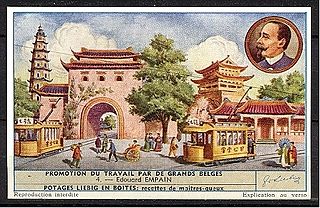
The Empain group was a loose grouping of companies founded by Édouard Empain (1852–1929) of Belgium and controlled by the Empain family. From 1881 until merging with Schneider & Cie in 1969, the companies engaged in a broad range of activities including tramways, railways, electricity generation, construction and mining. The main areas of activity were Belgium and France, but the group also pursued opportunities in Russia, Egypt, China and elsewhere, and played a large role in the development of the eastern Belgian Congo.
Odon Jadot was a Belgian railway engineer and administrator. He was responsible for building more than 1,650 kilometres (1,030 mi) of railroad in the Belgian Congo. The lines helped carry copper mined in the Katanga Province to the sea via the ports of Matadi in the Congo, Dilolo in Angola and Beira in Mozambique. They also supported troop movements during World War I (1914–1918) and World War II (1939–1045).